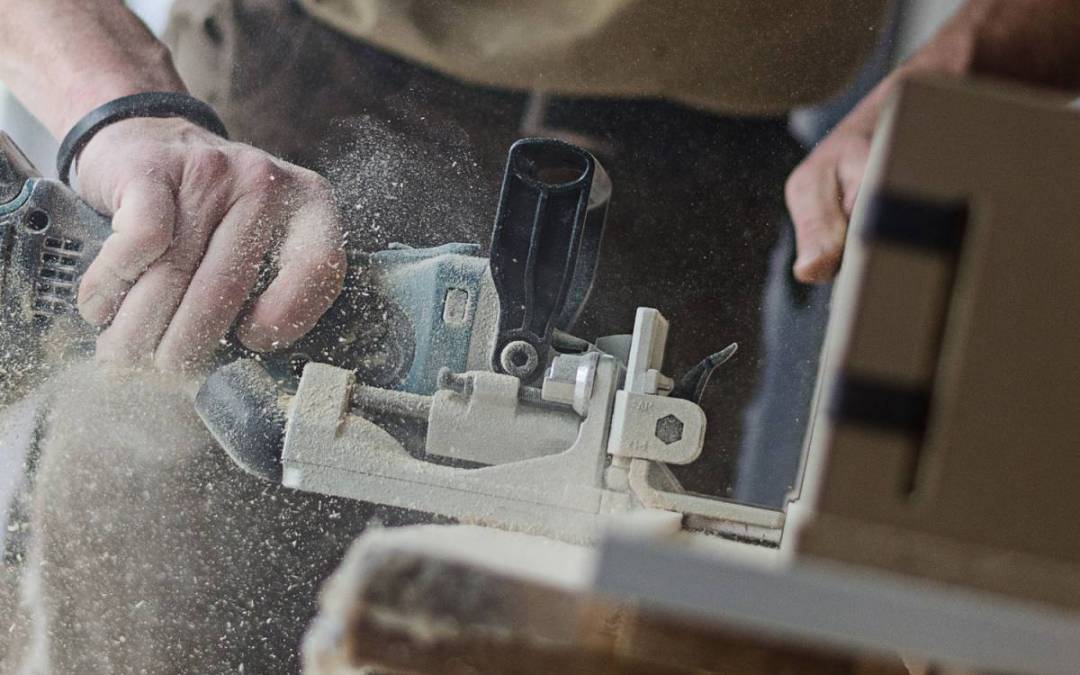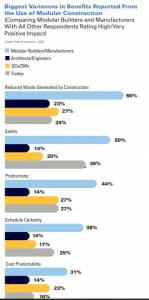The construction world is a fast-paced industry that is in constant search for new ways to better serve clients through quicker production and increased safety on the job while producing higher quality end results. Modular construction is a trending construction method that can achieve this outcome and has grown in recent years and will continue to shape the future.
Modular Construction Frequently Asked Questions
What is modular construction?
Modular construction is a building process where a complete unit of a building (“modules”) is constructed off-site (typically in a factory setting) and then delivered to the site to set in place. The completeness of a modular unit is dependent on the specific project needs from the architect or construction manager. For example, one project may require units complete with plumbing, electric, appliances and design finishes while another may only need roughed in empty boxes that their construction team will finish on site.
What is the difference between modular construction and prefabrication?
Prefabrication refers to the construction process of preparing specific building elements, rather than a complete unit. Prefab construction is a large umbrella term that includes anything from industrial warehouse walls to roof trusses. Like modular, these elements are built off site and delivered to the jobsite when it is time for installation.
What are the benefits of modular construction?
The top benefits of modular construction according to architects, engineers, trades and general contractors include:
- Controlled Environment
- Less Waste / Eco-friendly
- Increased Safety
- Saves Time
Scheduling is streamlined, as construction is completed in a controlled environment where weather delays are nonexistent, and materials and people are always protected. As construction is occurring, sitework can simultaneously be completed, allowing for progress to be made at a quicker rate. While general contractors, architects and trades are seeing more of the jobsite benefits, modular fabricators themselves see a different side of benefits to the service they’re providing. At the top of manufacturer’s list is the reduced waste in construction. Working in a factory environment, modular construction also cuts down on jobsite waste as scraps and other leftovers can be more closely monitored and re-purposed. Dust and noise pollution are also reduced as well as onsite installation time. Safety is also a key benefit, as a more controlled environment allows for closer monitoring of the construction process.
What are the top uses for modular construction?
Modular construction can be ideal for a variety of situations but is especially well suited for buildings that have multiple units of the same design. Healthcare facilities, hotels, dormitories, and multi-family units are all prime examples of project types worthy of modular construction consideration. The most recent Dodge Data & Analytics Report, 48 percent of architects and engineers say low-rise offices will be the most applicable project type for modular construction over the next three years as opposed to the 22 percent of architects and engineers who used modular construction for office spaces over the last three years.
As the construction industry continues to evolve as new trends, materials, and techniques are developed, Mowery is committed to staying on the cutting edge and providing a remarkable customer experience by utilizing the right construction delivery method for each project. Learn more about what makes Mowery different or view our project portfolio.
Want the full details of the Prefabrication and Modular Construction 2020 Dodge Report? Download the full report here:
https://www.construction.com/toolkit/reports/prefabrication-modular-construction-2020
 Login
Login

